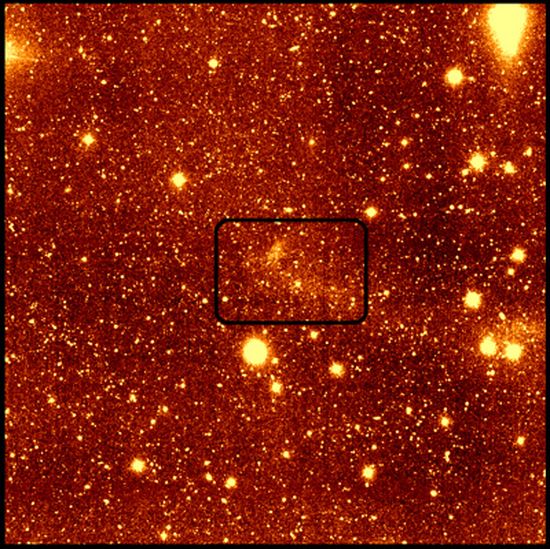JU Astronomical Observatory and Astronomisches Institut der Ruhr-Universität Bochum scientists discover a new galaxy

A tidal dwarf galaxy (TDG) has been discovered by a research team of scientists from the JU Astronomical Observatory and the Astronomisches Institut der Ruhr-Universität Bochum. The results of their study of the possible TDG in a nearby group of galaxies, the Leo Triplet, show that the object is in fact self-gravitational, therefore it may be classified as a galaxy. TDGs are objects that deserve particular attention because of their mass composition, unusual for galaxies. They contain relatively small (in comparison to "normal," non-tidal ones) amounts of dark matter, which causes them to have significantly different evolution process and interactions with their surroundings.
The newly discovered constituent of the Leo Triplet was probably formed by the tidal forces originating form the mutual interactions between two large galaxies of the Triplet – NGC3627 and NGC3628. It is a dark object filled with neutral hydrogen with a small number of stars, but it may very well become the birthplace of billions more if the evolutionary processes allow it.
An article presenting the properties of the dwarf galaxy will soon be published in The Astrophysical Journal, one of the most important astronomical magazines in the world. It has been made available through the Cornell University archives.
Published by: Łukasz Wspaniały

